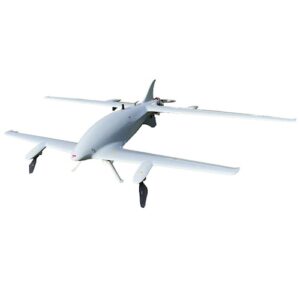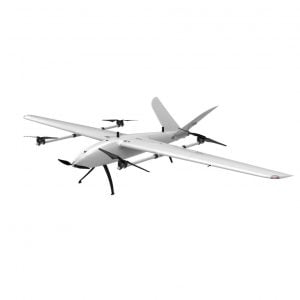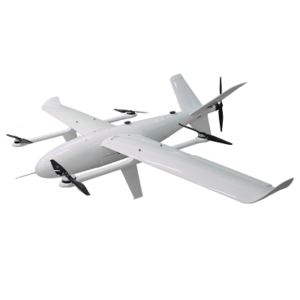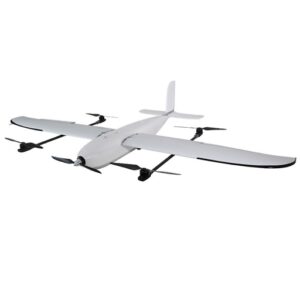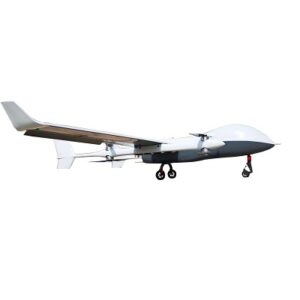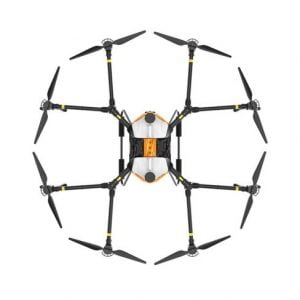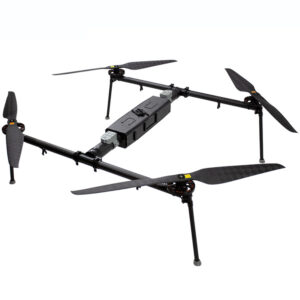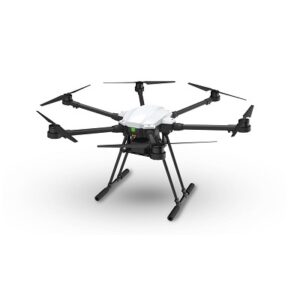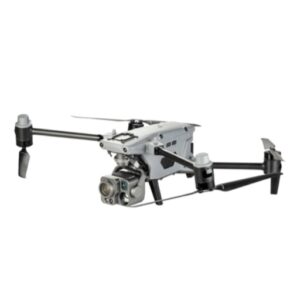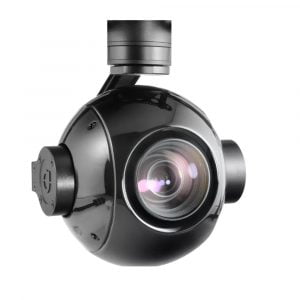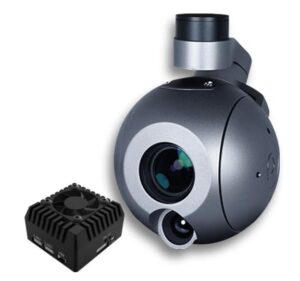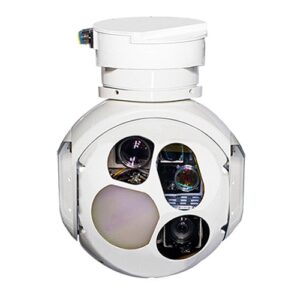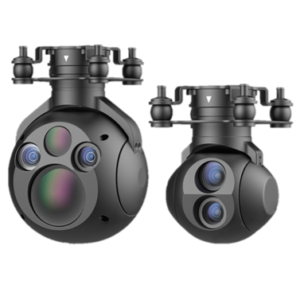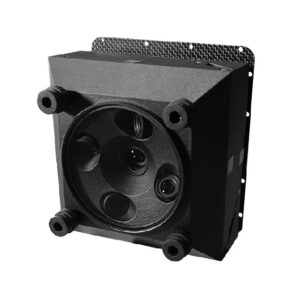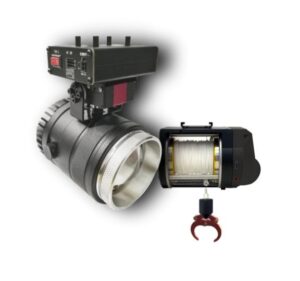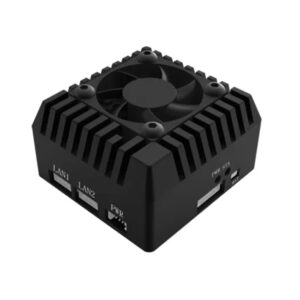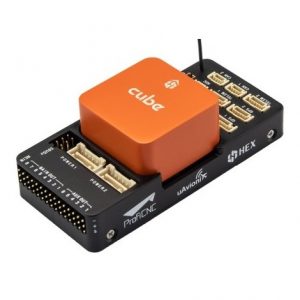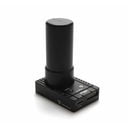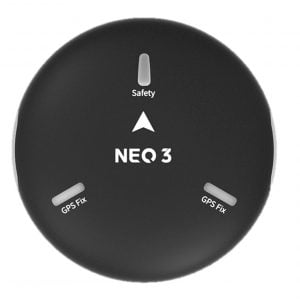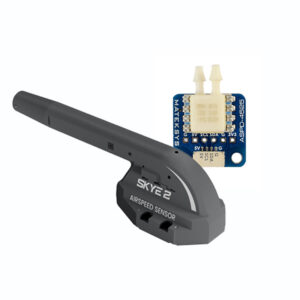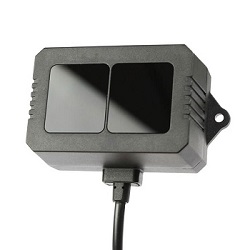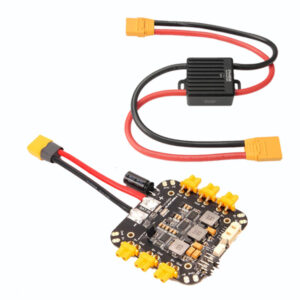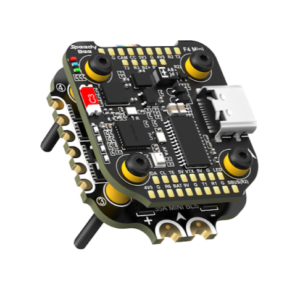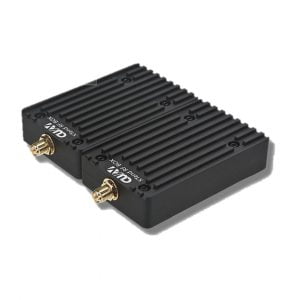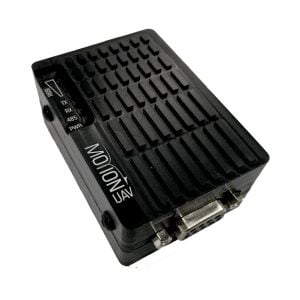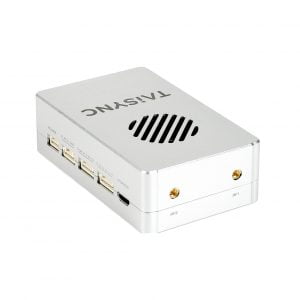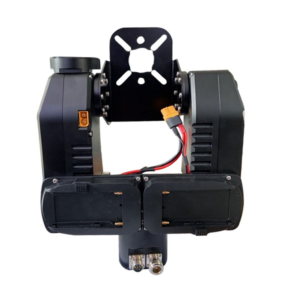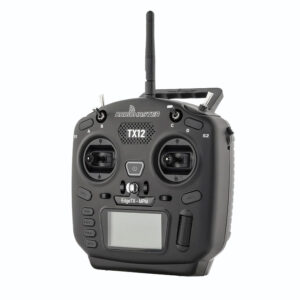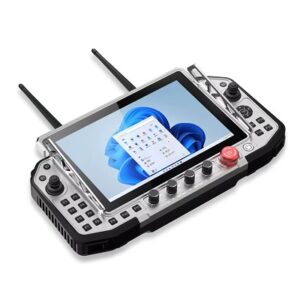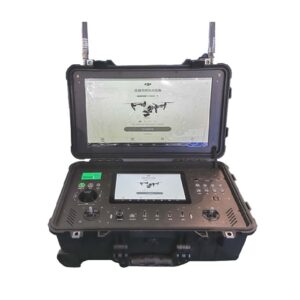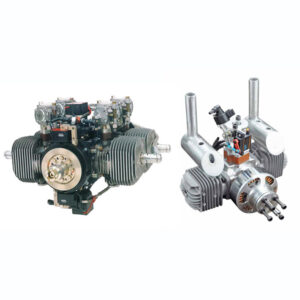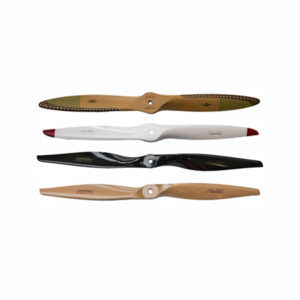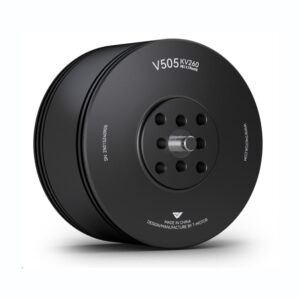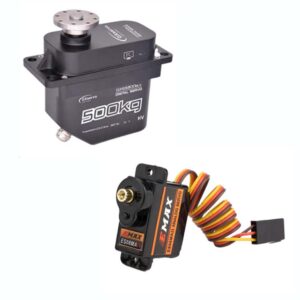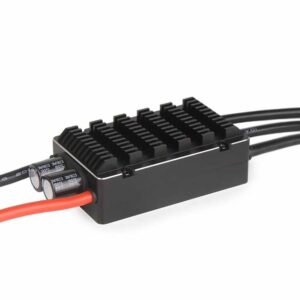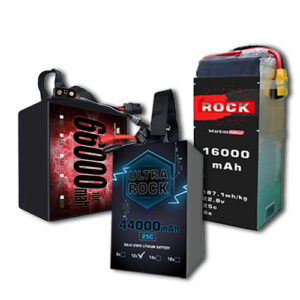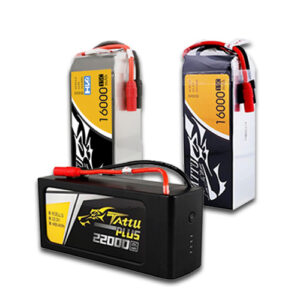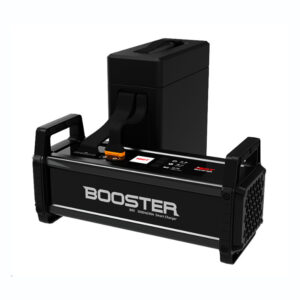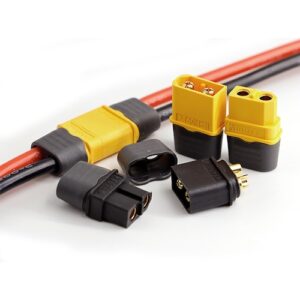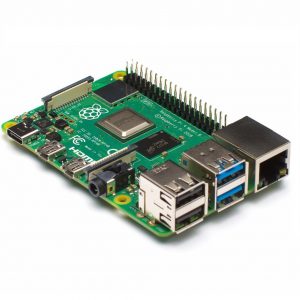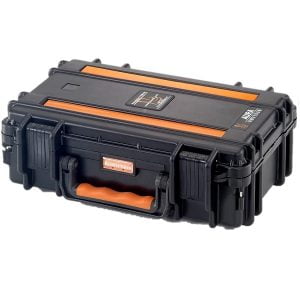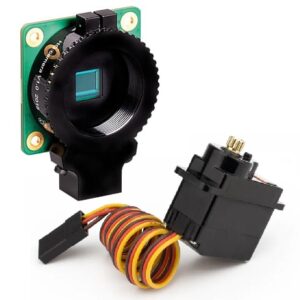Exploring the Advantages of Electric VTOL Fixed Wing UAVs
On July 6, 2024
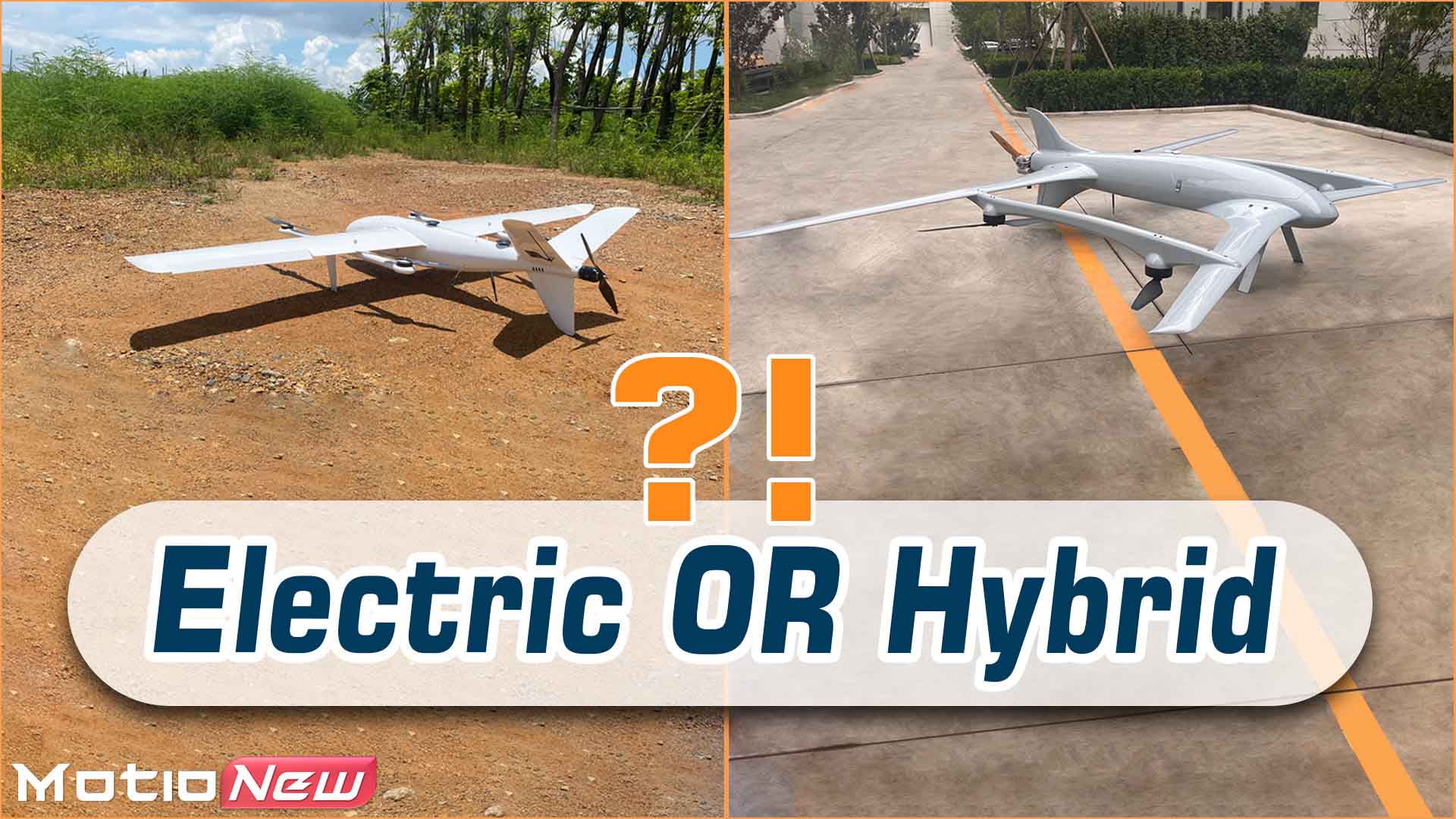
Table of Contents
Introduction
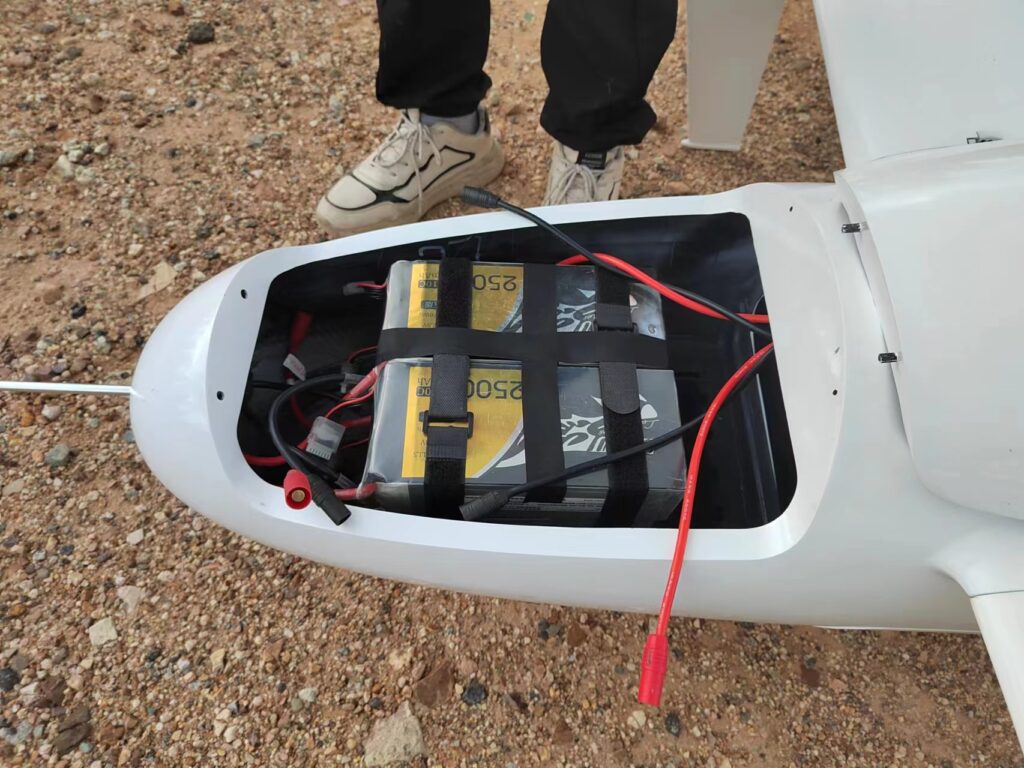
Electric VTOL Fixed Wing UAVs are modern drones that can take off in the vertically, exactly like helicopters, and after take off phase, transition into horizontal mode and fly like airplanes. Moreover, they can operate in small spaces without needing runways. Because of the manu benefits that VTOLs have, such as being able to fly flexibly, industries are using Electric VTOL Fixed Wing UAVs more and more.
An electric VTOL (or e-VTOL) uses electric motors for all the actuators instead of fuel engines which has a lot of advantages, such as being quieter and more eco-friendly than other motors. The same debate that is already running between traditional cars and electric cars. Although electric VTOLs have a lower performance than hybrid VTOLs, they are versatile can be used for many applications such as monitoring, cargo transportation, surveillance, and responding to emergencies.
In This article we are going to explain how Electric VTOL Fixed Wing UAVs use advanced technology and their many benefits based on industries and how they could change aviation’s future.
Understanding VTOL Technology
First, VTOL is the abbreviation of vertical take-off and landing aircraft. Secondly, there are a few things we should know about VTOL technologies:
They enable modern aircraft to take off, hover, and land in the vertical phase without relying on a runway. VTOL technology lets aircraft operate in tight spaces or where runways aren’t an option. It makes them useful in different missions and places. They can also fly on their own using sensors, GPS, and smart software. They stay safe and navigate without needing humans all the time.
VTOL technology has a lot of aspects as well, such as using powerful engines like turbofans, turbojets, electric motors, or rotor systems (similar to helicopters) to lift off in the vertical motion. Staying stable during vertical takeoff and landing is certainly one of the options , So they are commonly used in many areas.
Fixed-wing UAVs, on the other hand, need a runway to take off and land opposite to fixed-wing UAVs. They can fly faster than fixed wing UAVs and collect data less than them.
Different Types of Propulsion Systems
There are different kinds of propulsion systems such as chemical, electric, nuclear, solar and many other. Each type of propulsion system has its advantages and disadvantages. For example, Chemical Propulsion Systems use chemical reactions to release energy and accelerate gases to generate thrust. Compared to electric propulsion systems, they are more reliable and have much higher thrust but the fuel cost is high and exhaust toxic fumes. Space shuttles are an example of aerosapce vehicles that use checmical propulsion systems.
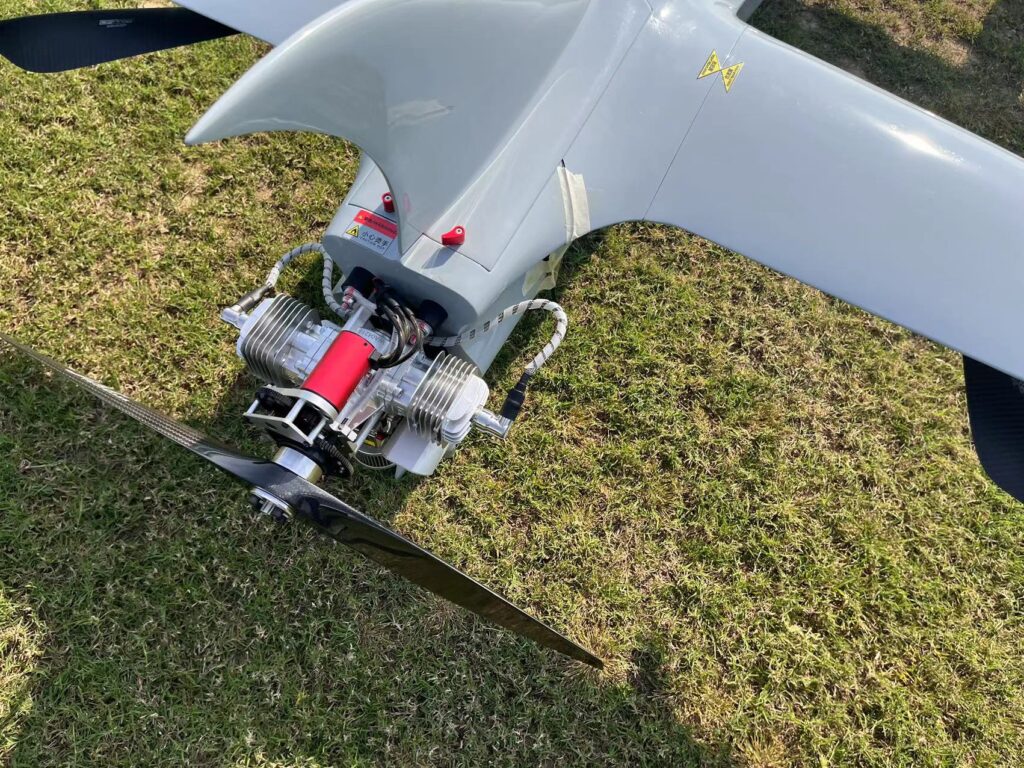
With solar energy, the drone collects energy from the sun via solar arrays to power the actuators and drive the UAV forward. Helios is a prototype designed by NASA, which is a flying wing that uses solar panels to obtain the required energy for flying.
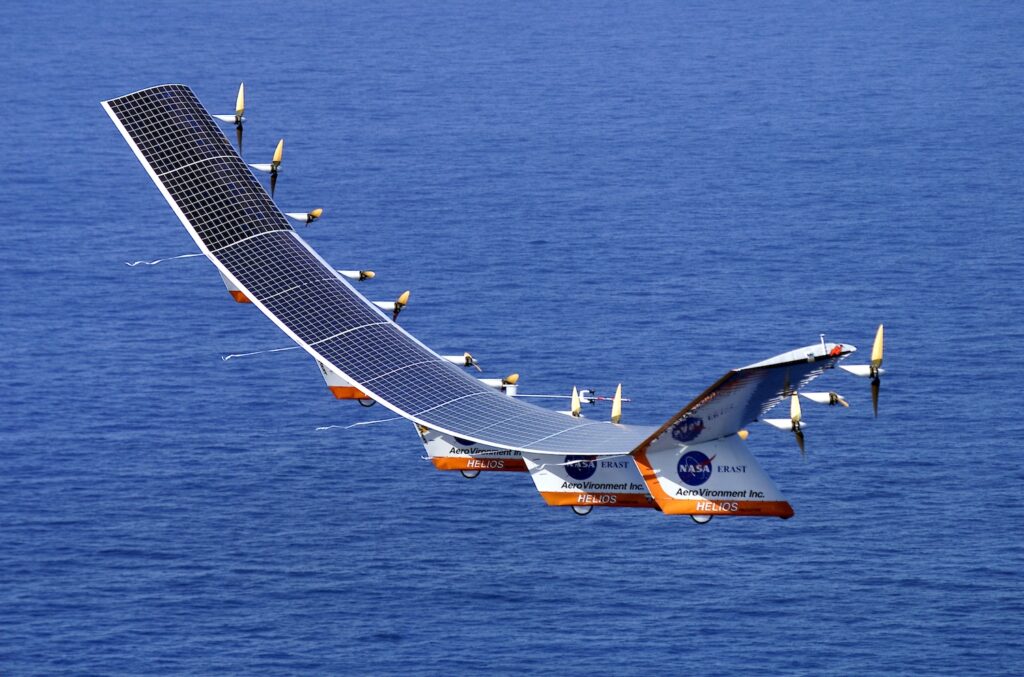
Benefits of Electric Propulsion System and Electric VTOL
Here we are going to talk about some advantages of electric VTOL:
- Opposed to traditional combustion engines, Electric motors and thus electric VTOL makes less noise while working. Therefore they are ideal for situations where reducing noise is important like monitoring wildlife where it is important to not disturb their normal life.
- The second option is that they help reduce pollution like carbon dioxide and nitrogen oxides, making the air cleaner and the environment healthier.
- They are also cheaper to maintain because they have fewer parts that move and simpler mechanics than traditional engines.
- Electric propulsion enables new aircraft designs like distributed propulsion systems that traditional engines can’t support.
- Last but not least, their integration with advanced technologies like autonomous flight and energy management systems is easier.
Of course, like all the other things, electric propulsion has its own challenges or disadvantages :
For example, the energy density of batteries is not as much energy density of fuel. Recharging the batteries takes time , and they can create less thrust compared to some other types of propulsion systems.
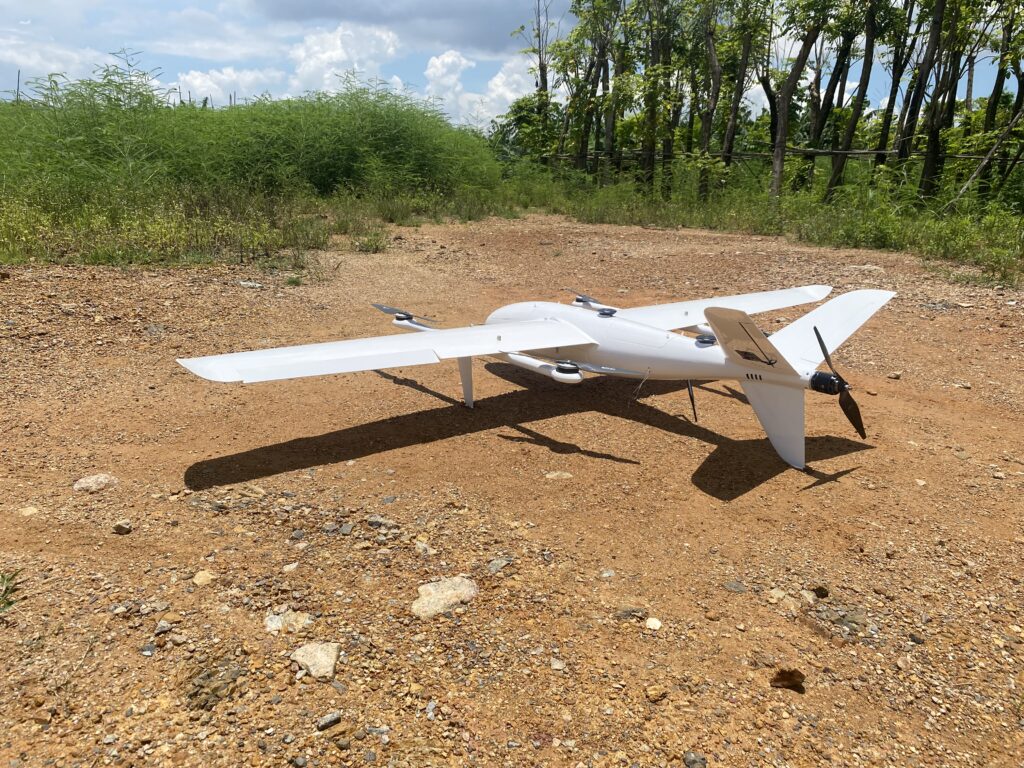
Applications of Electric VTOL UAVs
VTOL drone and eVTOL are two terms that have differences:
VTOL UAVs use traditional fossil fuels and eVTOL UAVs use electricity from batteries and motors.
Here is a list of applications that electric VTOL fixed wing UAVs can be used in:
1. e-VTOL in transportation:
As a child, we all used to dream about flying cars. Imagine getting lifted in the air instead of driving on the road. Air taxis for transporting people around the city is close to become a reality. Other than transporting passengers, it can be used for transporting goods and medical facilities in order to reduce flying time and improve healthcare system to take care of patients as fast as possible.
2. e-VTOL in agriculture
From spreading the seeds, watering the spraying the crops, and high-precision monitoring of the plants to find the best time for harvesting. Traditionally, all these tasks were used manually by humans. Automating the process using an e-VTOL in agriculture helps to speed up the process and make it more efficient.
3. e-VTOL in film and photography
Although not as popular as multirotor systems, electric vtol fixed wing UAVs can be used in films and photography too, because they can reach remote places, even places that are difficult to access, so they help to gain new opportunities for filming and also taking photos.
In conclusion, Electric VTOL Fixed Wing UAVs are a huge step forward in aviation. They can help reduce the number of cars on the roads, decreasing the traffic jams and congestion in cities. This means less time spent in traffic and reduces pollution. They also reduce the risk of accidents and injuries, so they improve safety.
